9 Water Pollution Facts and Statistics Around the World
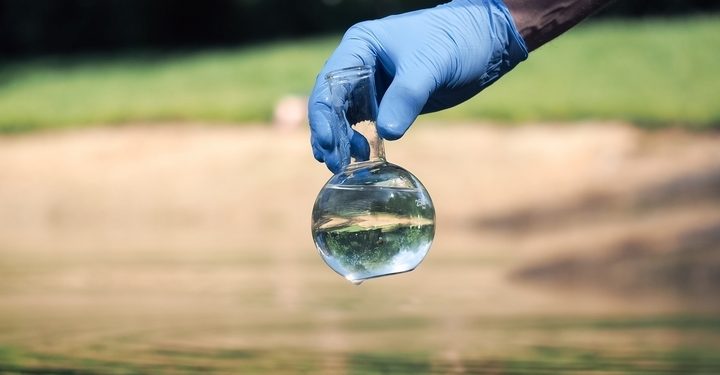
Water pollution could potentially be an issue that defines our generation. All over the world, including in developed lands like the United States, Europe, and China, the researchers are coming across dangerous levels of pollution in the water, from sewage to plastics.
While the current generation is leading the way to remedy this problem to eliminate waste in the water, it might be too late, unless nature finds a way of cleansing on its own, or technology comes with an ingenious method of clearing up this plastic.
Here are nine water pollution facts and statistics that everyone needs to know:
Fact #1: Water pollution is causing many infant deaths.

Many children are immensely affected by water pollution. But do we understand just how much of a problem this is for kids? Let’s take a gander at some of the facts:
- 3.2 million children under five years of age in developing countries die every year because of unsafe drinking water.
- Many children die in their first month of life from conditions that could have been prevented with access to clean water.
- Thousands of kids perish from malaria that could have been avoided with hygienic drinking water.
- More than 300,000 under five die due to diarrhoea because of poor access to sanitary water.
Despite technological advancements we have made throughout the world, millions of children still do not have access to clean water.
Fact #2: Radioactive water exists.

In 2011, Japan suffered one of the worst natural disasters in the nation’s history. This resulted in a nuclear crisis that is creating a tidal wave of health issues for generations to come. It was such a crisis that the Japanese government decided to dump 11 million litres of radioactive water into the Pacific Ocean. It is unknown as to how much damage this has caused to nature, but the experts are sounding the alarm about the potential fallout.
Fact #3: The gulf of Mexico’s ‘Dead Zone’ produces a lot of water pollution.
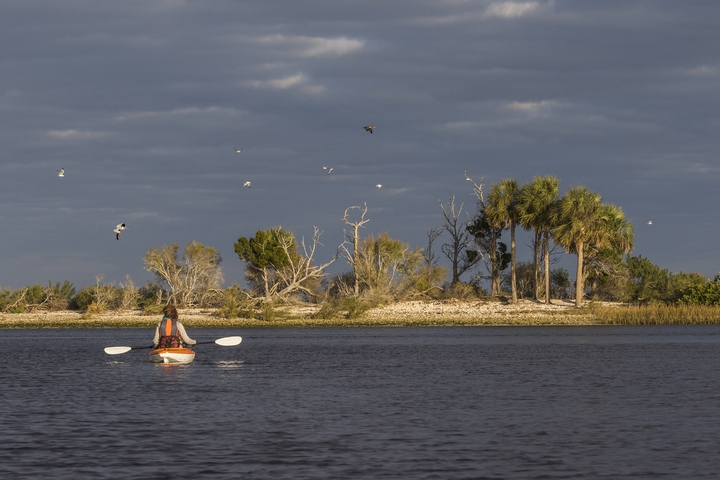
If you ever cross through the Gulf of Mexico, you will eventually come across a so-called Dead Zone. This area contains a low amount of oxygen, leading to the loss of marine life in bottom and near-bottom waters. What caused this in the Gulf? The Mississippi River has an estimated 1.5 million metric tons of nitrogen pollution every year.
Because of this, the Dead Zone is the size of the state of New Jersey.
Fact #4: Bangladesh’s has a lot contaminated groundwater.
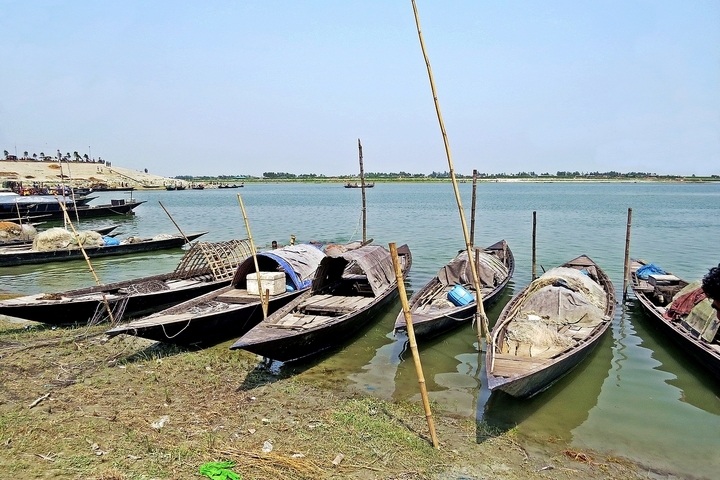
The groundwater in Bangladesh could potentially create a humanitarian crisis. Why? The nation’s groundwater is contaminated with arsenic, which is a toxic acute poison. It is estimated that 85 percent of the total Bangladesh area has contaminated groundwater.
Fact #5: There is a small percentage of unsafe swimming Water in America.
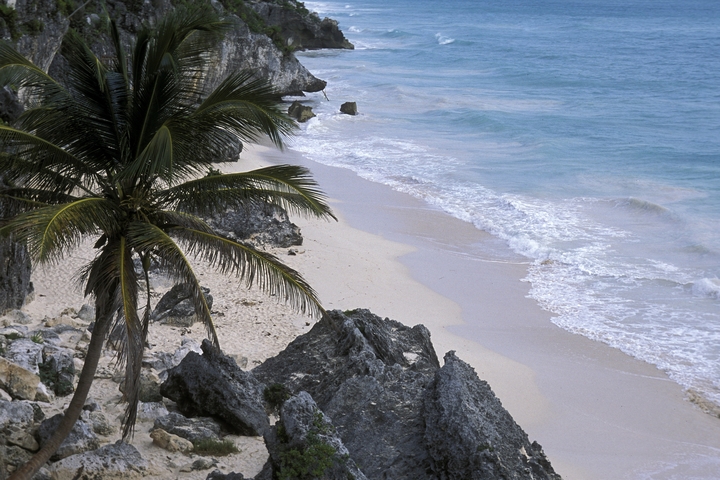
Although it is a small percentage, it should still be concerning that approximately 10 percent of America’s beaches do not meet the federal benchmark for safe swimming water. Other approximations place this figure at 40 percent, but official government figures say it’s 10 percent.
Fact #6: If this level of water pollution keeps up, fishing may not be possible anymore.
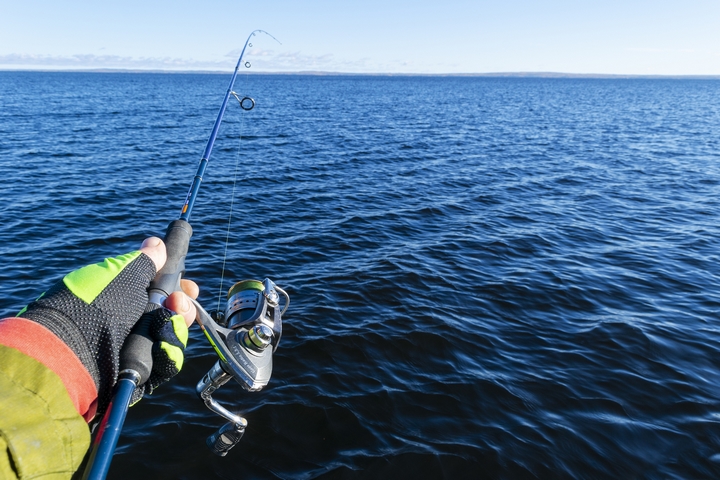
Fishing will soon become an unsafe practice, especially if the objective of fishing is to eat the game.
Why? Consider the following:
- 40% of rivers and 46% of lakes are polluted and labeled unhealthy for fishing.
- Waste produced in rivers contain bacteria, parasites, and viruses, threatening humans with cholera and typhoid.
- Water contaminants are man-made, like heavy metals and plastics, and found in marine life.
- Two million tons of human waste are disposed is disposed in water every day.
- Oil spills kill thousands of fish.
Fact #7: The most polluted water in the world is the Ganges River in India.
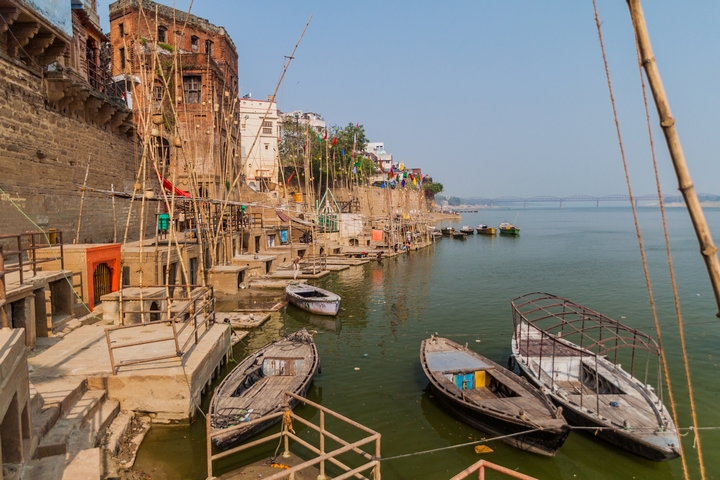
On an international level, the most polluted water in the world is located in India: the Ganges river. It consists of animal remains, food, sewage, and trash. The developing country, despite its economic advancements, still does not have proper sanitation institutions.
Fact #8: Cruise ships contribute to water pollution.
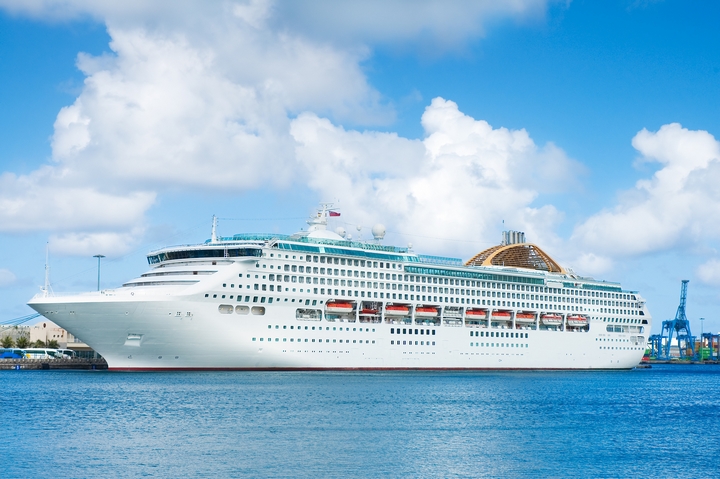
They might seem innocuous, and they certainly provide plenty of memories, experiences, and fun, but they are terrible for the environment. Cruise ships have become a major source of water pollution. Experts produce more than 750,000 litres of sewage which is primarily released in the ocean.
Fact #9: There is a lot of plastic in the water.
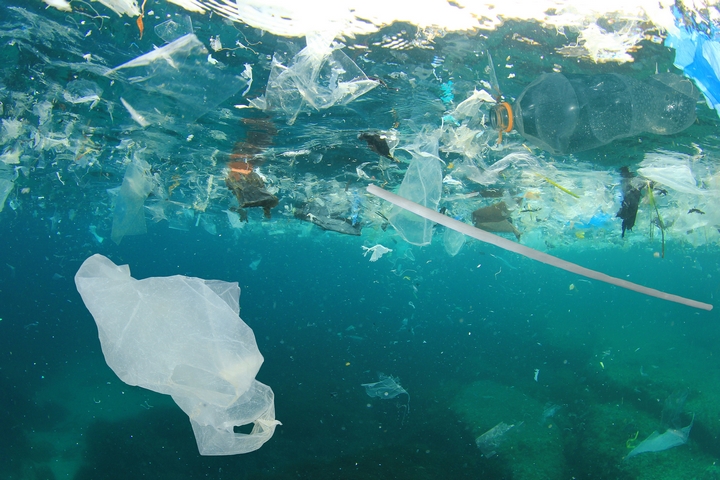
A lot of environmentalists, politicians, and media outlets like to label anything as a crisis of our times. But plastics in the water is truly a crisis in the making. Why? Here are some facts about this trend:
- There are traces of microplastics in the Arctic ice.
- Eight million pieces of plastic make their way into our oceans.
- It is estimated that there are 5.25 trillion macro and microplastic pieces floating in our oceans.
- 100,000 marine animals are killed annually by plastic pollution.
- Plastics account for up to 90 percent of all marine debris.
Thankfully, there are new technologies being developed that are aimed at clearing this plastic. But who knows if it is a case of too little, too late?
How much plastic do you consume? It seems like everything we purchase has a plastic component to it, from the packaging to the item itself. While this is a convenient and cost-effective material, it is a disaster for the environment, particularly for our water and marine life. Whether there is a solution or not remains to be seen, for now, these are the facts about water pollution.


